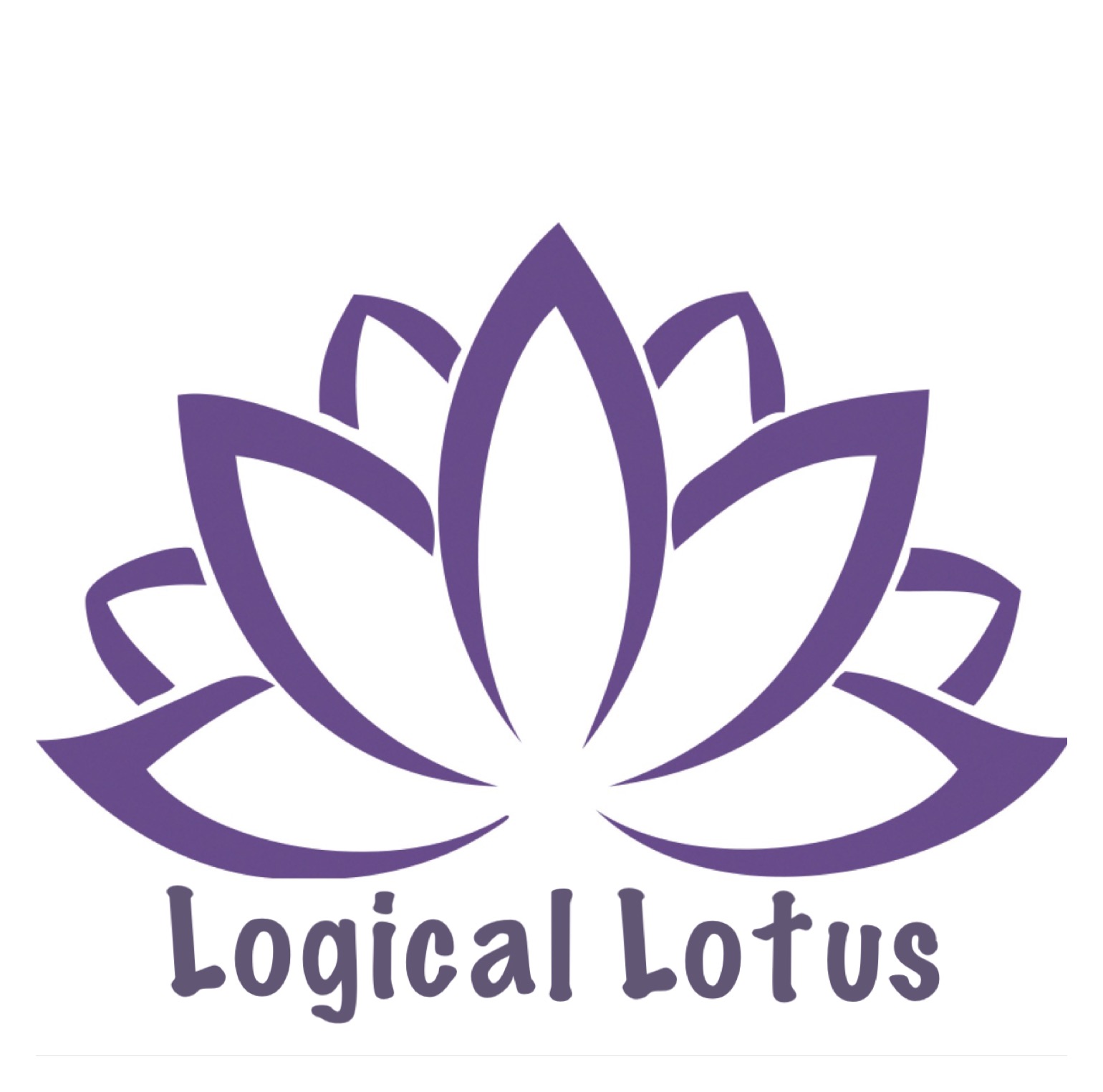Many folks have heard “claims of calmness” from those who practice meditation and pondered their passionate proclamations. Some might have preconceived ideas about meditation and steer clear of any notion of it. Yet, others may feel a meditative practice would benefit them on some level, but don’t inherently know how to establish a meditation practice.

“Claims of Calmness”
Numerous individuals realize the far-reaching effects of steadfast meditation, me included. We know the legitimacy of the above-mentioned claims of calmness. Meditation invokes peaceful states, for sure, as one of its many benefits. Regular meditation brings peace to the life of the meditator, promoting their total wellness and impacting all facets of their being (mind, body, and spirit). But meditation is also a way to know our authentic selves.





Calmness and clarity are the driving factors for many who wish to establish a meditation practice of their own. But, it’s your journey, and you choose your why (or whys). Before we really dig in, I feel an obligation to mention the roots of meditation.
Deep Roots
Meditation is sometimes deemed “new-agey,” yet it encompasses a vast range of meaningful practices and traditions, which span several thousand years. Meditation has a rich history with deep roots in Hinduism and Buddhism; the roots of meditation reach back as far as 5,000 BCE.
We should respect, honor, and appreciate the ancient practice of meditation- regardless of our reason(s) for meditating or our personal belief systems. However, you need not adhere to a particular belief system to benefit from meditation.
Why Meditate?
No matter your meditative goals, meditation will improve your overall health, as it provides a plethora of wellness benefits. Actually, there’s solid scientific research backing the health benefits of meditation, mind and body. Meditating can lower blood-pressure, reduce cortisol (your body’s primary stress hormone), facilitate high-quality sleep, decrease anxiety, boost focus abilities, increase mental clarity, and much more!

Routine meditation contributes to our overall wellness (mind and body) in an abundance of ways, yet the one of the primary purposes of meditation is to generate mindfulness. Meditation is the powerhouse of mindfulness.
It is likely the best tool one can use to cultivate awareness (mindfulness). When we train attention (i.e., cultivate mindfulness), we’re able to live more of life’s moments. We savor more of them, when we’re fully present within them. Savoring moments grows our gratitude, and an inner sense of calm that doesn’t falter.
In addition, we gradually harness the power to choose our state(s) of mind, due to an increased ability to be present and recognize our thought patterns. This ability to pause and realize our thoughts, in the moment (when it matters most), evokes change.
The truth is meditation can be life changing. Maintaining a meditative practice will promote an overall sense of calm and balance in your life. Plus, the mindfulness cultivated via meditation promotes life-changing mindset shifts (and that’s putting it lightly).
How Do I Start?
According to science, there are two types of meditation: open-monitoring meditation (i.e., mindful meditation) and focused concentration meditation. Mindful meditation concerns paying attention to or observing the internal and external without bias. In comparison, focused concentration meditation tends to have spiritual roots & focuses on objects, concepts, etc. Within these types of meditation, there are a variety of techniques we can enact to advance our meditative practice.
It’s advantageous to experience varied techniques, when one first delves into meditation. You will uncover which meditation techniques work best for you by experimenting a bit. You’ll find breathing meditation instructions below to get you started. The breath is a simple and practical focal point, or anchor, during meditation; hence it’s suitable for all.
Breathing Meditation
- Sit in a manner most comfortable for you (just be sure your spine remains straight throughout the meditation).
- Breathe through your nose, as it simplifies breath focus.
- Close your eyes, as there’s less stimulation.
- Now, wholeheartedly focus your full attention on your breath.
- Be sure to notice how your breath moves throughout your body, as you inhale and exhale (through the nostrils).
- Notice (yet don’t dwell on) any bodily sensations which arise as you follow your breath in and out of your body.
- If your awareness (focus) wanders, gently refocus your attention on the breath.
- Before ending your meditation, notice the sensations in your body, beyond your breath. Notice and feel the seat or floor below you. Notice the sounds around you.
- When ready, open your eyes and absorb the sights around you.
- Slowly return to your senses.
- Carry the calm you cultivate with you. Revisit the calm as needed.

Worth mentioning: there are times our meditation goal may influence the method(s) we choose for that meditative session, regardless of our preferred technique.
What’s Next?
No matter your overall meditative goals, routine practice will help you achieve them! Here are the seven simple steps to establish a meditation practice.

7 Simple Steps To Establish a Meditation Practice
1, Commit. You made the choice, so this is the natural next step. Fully commit and don’t look back. Keep looking forward, even if you waiver in your enthusiasm some days.
2. Create a space for your meditation sessions. In reality, you can meditate anywhere, but can dedicate a space for your sessions. If you choose, you can decorate this space in a manner conducive to the essence of your being (including pictures, candles, and whatever else inspires you).
3. Dedicate time each day for your meditative practice. Set aside time to facilitate your daily meditation session(s). Start small. Ten to twenty minutes daily is a fab start. Yet, for some five minutes may be a fitting start.
4. You may meditate around the same time every day, for the sake of making it a habit. However, you can always meditate throughout your days, as needed; continuity is key here.
5. Try to meditate in relatively quiet spaces. This is especially helpful when you are new to meditation.
6. Treat your meditation time as non-negotiables self-care. Non-negotiable means you just do it. It’s your time and your care matters!
7.Try new techniques. There are many meditations you can try! You’ll find techniques that resonate with you. Be open.
Challenges In Meditation
Meditation isn’t always rainbows and butterflies. It does come with its challenges.
- Emotions that may come up during or due to meditation aren’t always pleasant at first (but most are vital to our experience, and when we sit with them, we can better understand them).

- Accommodating ample time for meditation can be challenging in itself sometimes (tip: treat it as non-negotiable self-care).
- There may be distractions during your sessions (usually sound-related). Tip: if needed, use these sounds as your new focal point).
It Takes Time
Meditation has phenomenal functionality within the world of wellness, and the claims of calmness are valid. You will feel the full range of its benefits and blessings as the weeks go on. Yes, the inner calm and many other perks may take time (but can be attained by anyone who puts forth an honest effort).

Regardless of your background or personal belief system, maintaining a meditation practice will add immense value to your life. Give calm a chance.











2 Comments
Leave your reply.